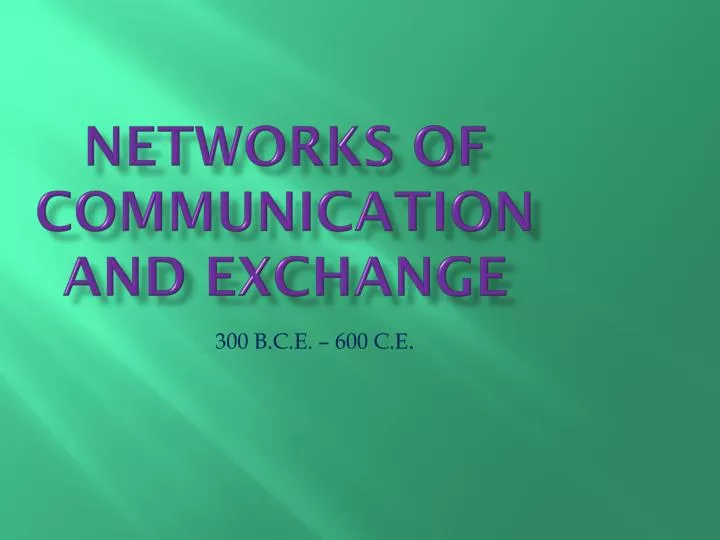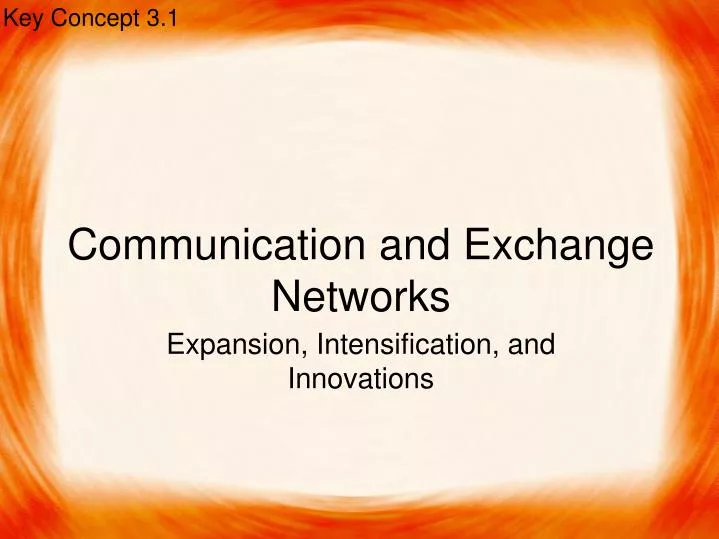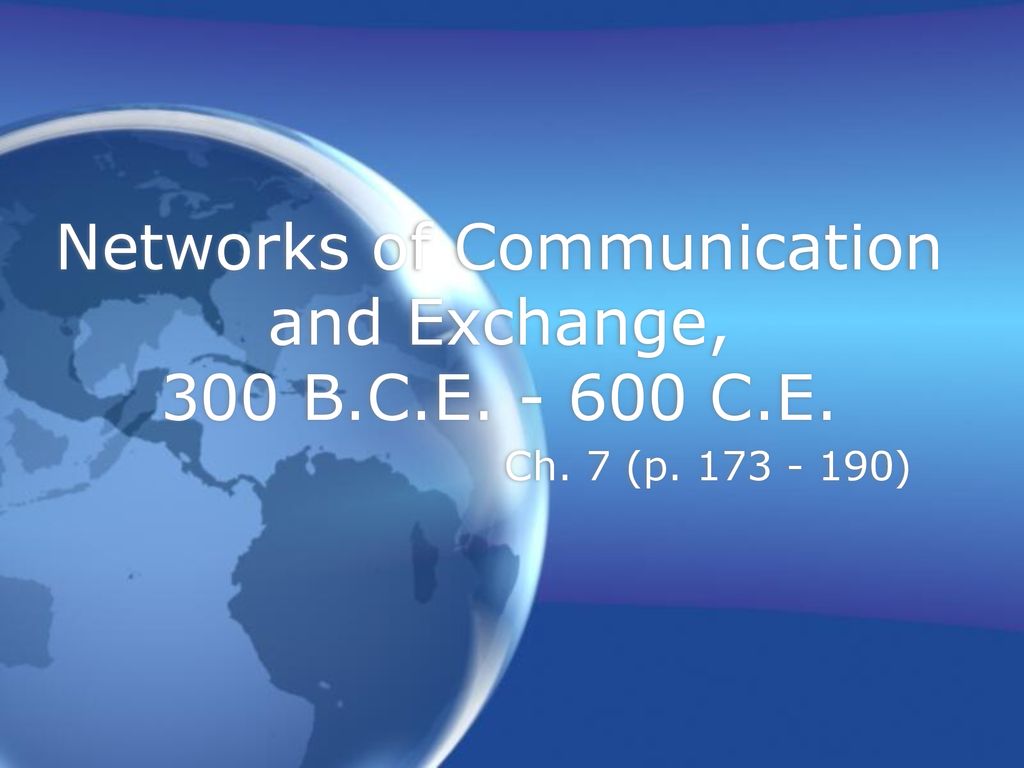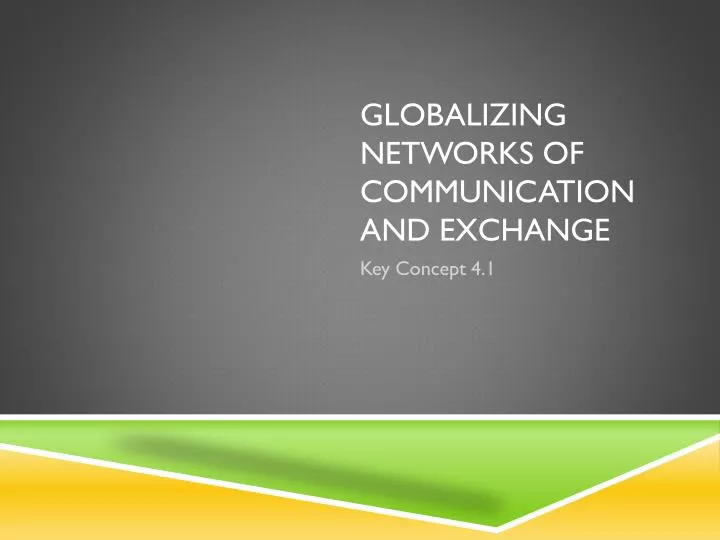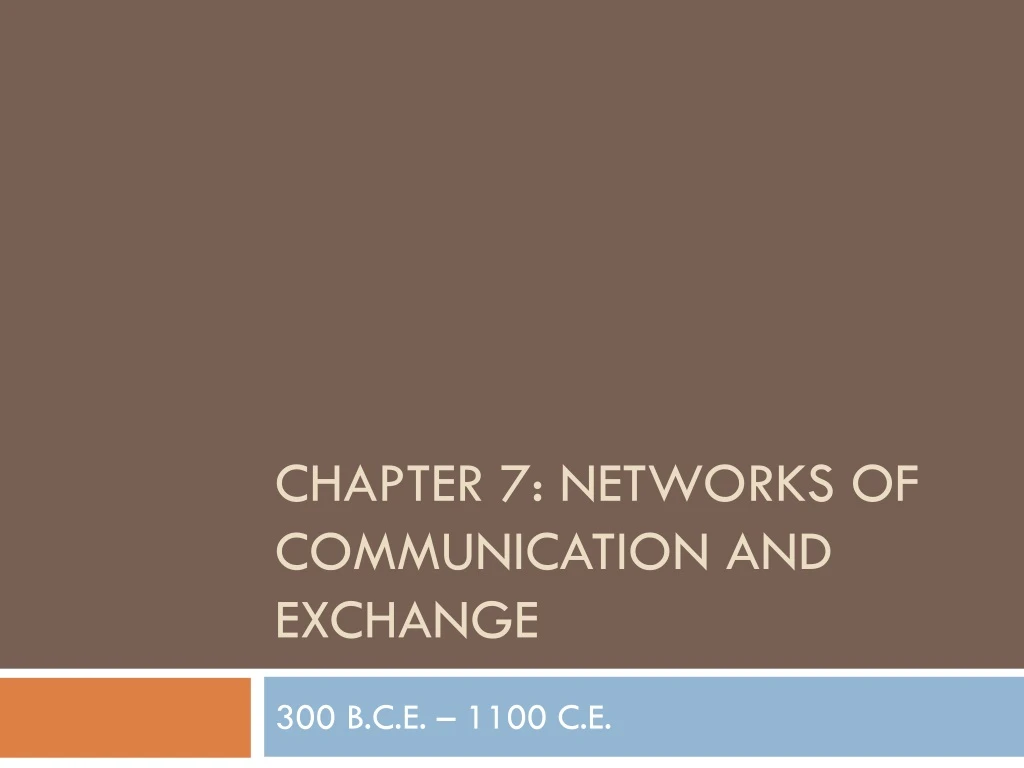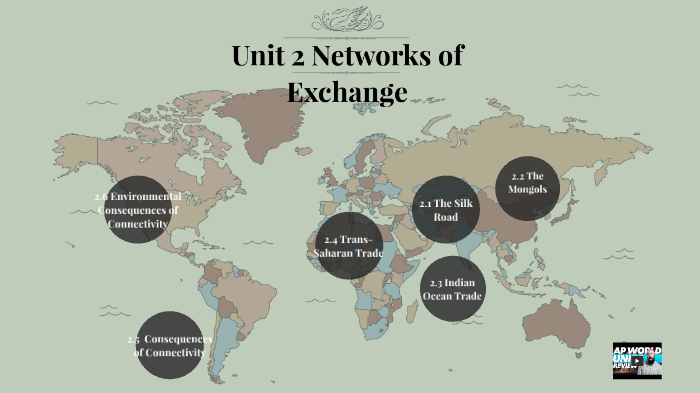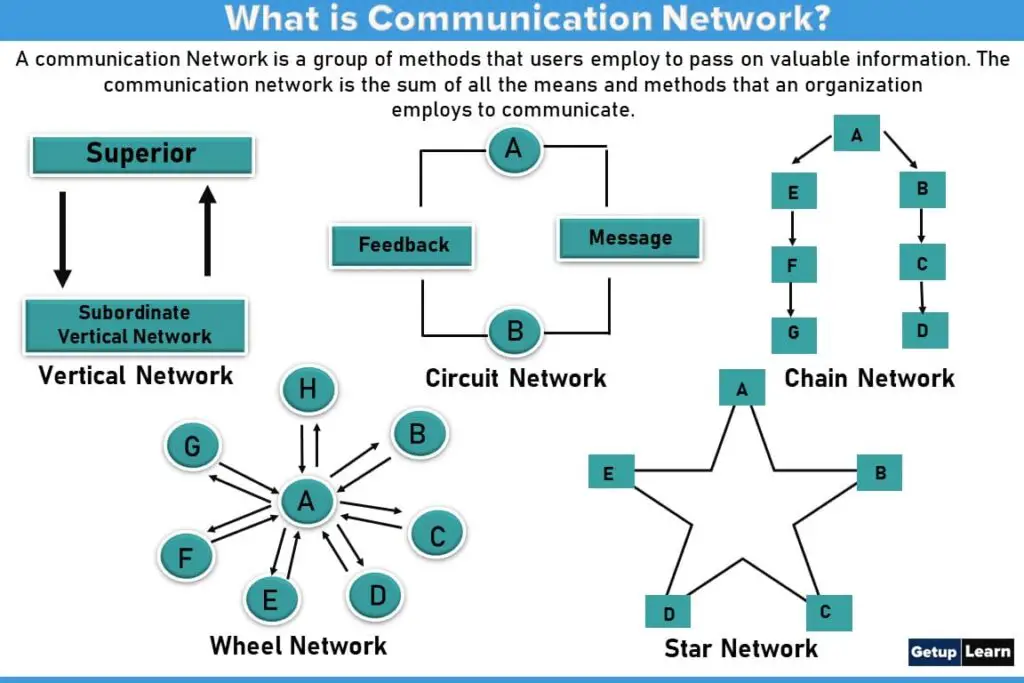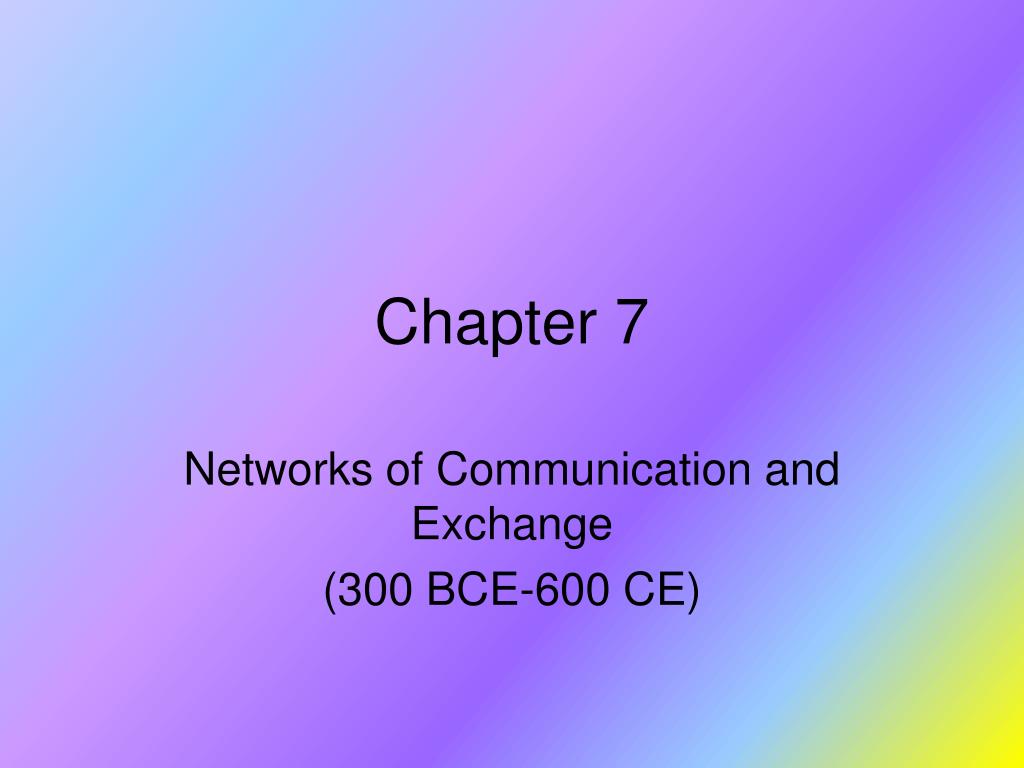Unit 2 Networks Of Communication And Exchange
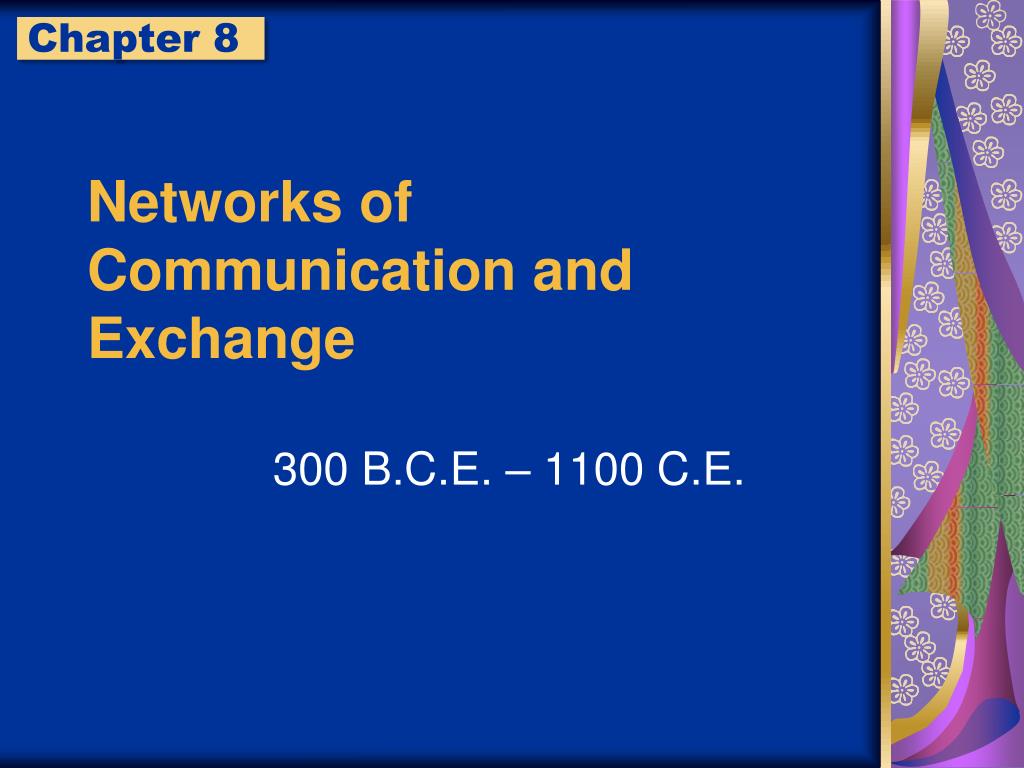
The interconnectedness of civilizations across vast distances in the pre-modern world was not simply a matter of isolated interactions, but a complex web of exchanges that shaped cultures, economies, and even political landscapes. Understanding these historical networks reveals a deeper appreciation for the dynamism of societies before the advent of globalization as we know it today. The period roughly spanning 600 BCE to 1450 CE, often referred to as the late classical and medieval eras, witnessed unprecedented levels of communication and exchange across Eurasia, Africa, and the Americas.
This article delves into the intricacies of these pre-modern networks of communication and exchange. We aim to examine the key drivers, significant routes, and lasting impacts of these interactions. The goal is to provide a comprehensive overview of Unit 2 Networks of Communication and Exchange, illuminating how these connections fostered both collaboration and conflict, ultimately contributing to the evolving tapestry of human history.
Key Drivers of Communication and Exchange
Several factors propelled the growth of these networks. Demand for resources unavailable locally spurred trade, driving merchants and explorers to venture into unfamiliar territories. The rise of powerful empires, like the Roman Empire and the Tang Dynasty, facilitated trade by providing security and infrastructure along trade routes.
Religious expansion also played a crucial role. Missionaries, driven by a desire to spread their faith, traveled extensively, fostering cultural exchange and facilitating communication between disparate communities. Buddhism, for example, spread along the Silk Road, influencing art, philosophy, and social practices across Asia.
The Role of Technology and Innovation
Advancements in transportation technology greatly enhanced the efficiency and reach of these networks. The development of improved shipbuilding techniques, such as the lateen sail, enabled sailors to navigate the seas more effectively. Camel caravans facilitated trade across deserts, allowing for the transportation of goods and information across arid landscapes.
Innovations in communication, such as the use of postal systems by empires like the Persian Empire, expedited the flow of information. These systems allowed rulers to maintain control over vast territories and facilitated diplomatic communication.
Significant Trade Routes and Networks
The Silk Road stands as perhaps the most iconic example of a pre-modern trade network. This network of overland routes connected East Asia with the Mediterranean world, facilitating the exchange of silk, spices, porcelain, and other valuable goods. It also facilitated the transmission of ideas and technologies.
Maritime routes, particularly in the Indian Ocean, were equally important. The Indian Ocean Trade Network connected East Africa, the Middle East, South Asia, and Southeast Asia. Spices, textiles, and precious metals were exchanged, fostering cultural interactions and economic interdependence.
Trans-Saharan trade routes linked North Africa with sub-Saharan Africa. Gold, salt, and slaves were the primary commodities exchanged. This trade network facilitated the rise of powerful empires in West Africa, such as the Mali Empire, which controlled access to valuable resources.
The Impact on Urban Centers
These networks of communication and exchange fueled the growth of urban centers. Cities located along major trade routes, such as Constantinople, Samarkand, and Timbuktu, became hubs of commerce, culture, and innovation. They attracted merchants, scholars, and artisans from diverse backgrounds.
The influx of wealth and ideas into these urban centers led to the development of sophisticated infrastructure, including markets, caravanserais, and religious institutions. These cities became centers of learning and cultural exchange, contributing to the dissemination of knowledge and the development of new artistic and intellectual traditions.
Cultural and Intellectual Exchange
Beyond the exchange of goods, these networks facilitated the transmission of ideas, beliefs, and artistic styles. Religious traditions, such as Islam and Christianity, spread along trade routes, influencing the cultural and social landscape of new regions. The translation of texts from different languages led to the cross-pollination of knowledge and the development of new intellectual traditions.
Artistic styles and techniques also spread along these networks. The influence of Greco-Roman art can be seen in the Buddhist art of Central Asia. Similarly, Islamic architectural styles influenced the design of buildings in Spain and other parts of Europe.
However, exchange was not always peaceful. The spread of diseases along trade routes, such as the Black Death, had devastating consequences. Cultural clashes and competition for resources sometimes led to conflict and warfare.
Long-Term Consequences and Legacy
The networks of communication and exchange that flourished during this period had a profound and lasting impact on the world. They laid the foundation for the development of a more interconnected global system. Increased economic interdependence fostered innovation and specialization.
The exchange of ideas and technologies accelerated the pace of cultural and intellectual development. The transmission of knowledge from one region to another contributed to the scientific revolution and the Enlightenment. It paved the way for the rise of European power and the age of exploration.
The patterns of trade and cultural exchange established during this period continue to shape the world today. Understanding these historical networks provides valuable insights into the complexities of globalization and the interconnectedness of human societies. It is a reminder that even in the pre-modern world, interactions between different cultures and regions played a crucial role in shaping the course of history.
Looking ahead, studying these historical networks can inform contemporary approaches to globalization, highlighting the importance of cultural sensitivity, equitable trade practices, and sustainable development. The lessons learned from the past can help us navigate the challenges and opportunities of an increasingly interconnected world, promoting understanding and cooperation among diverse communities.
